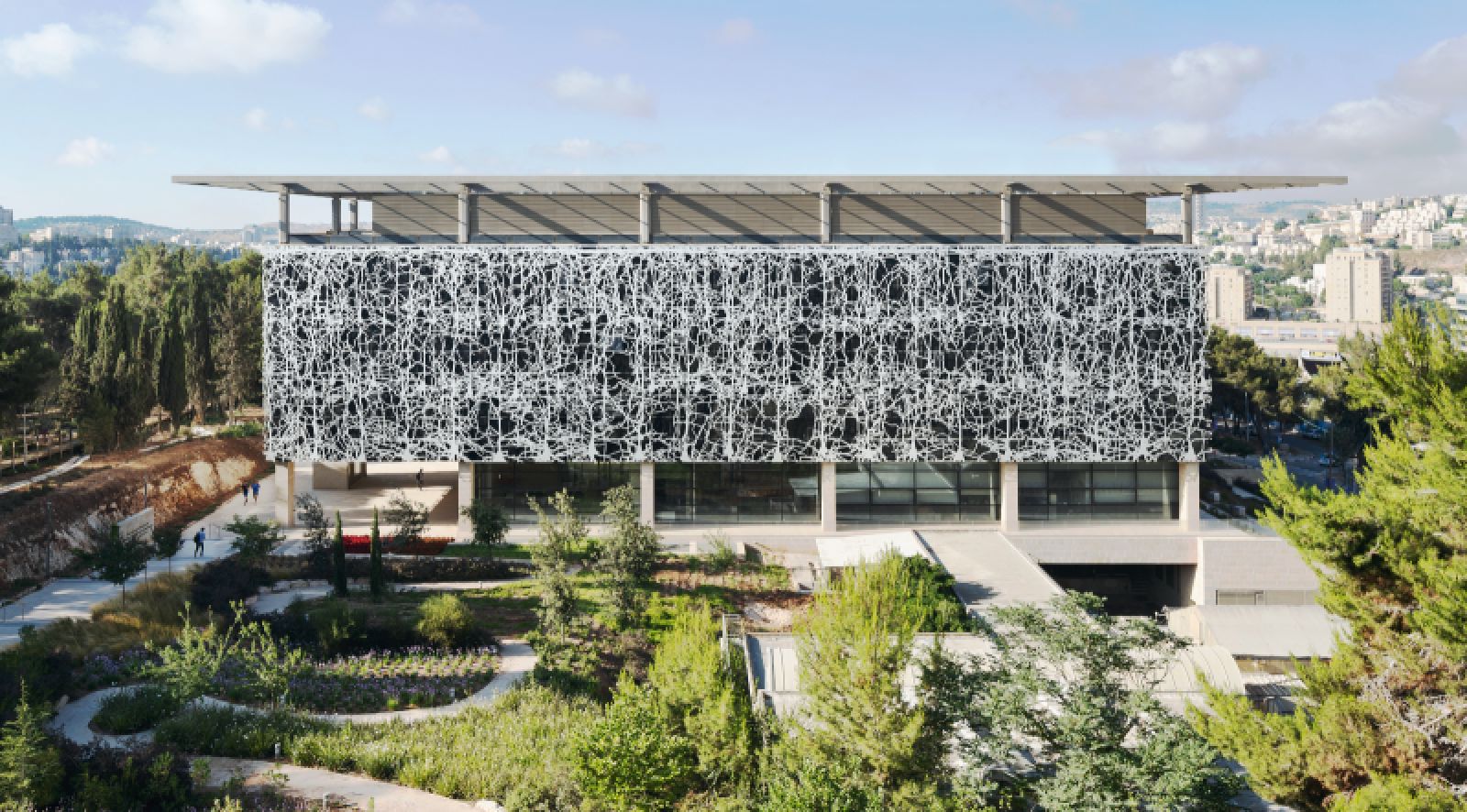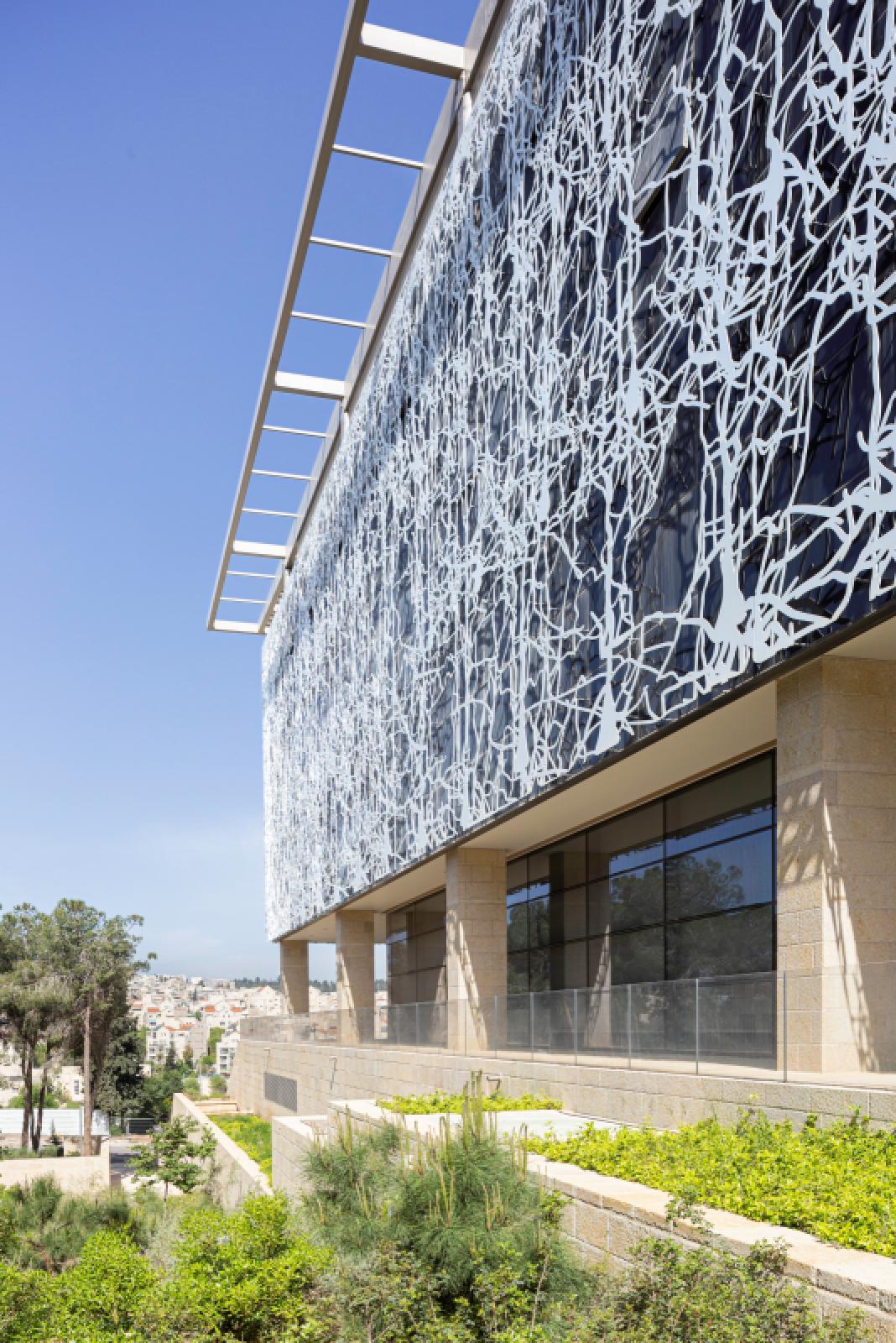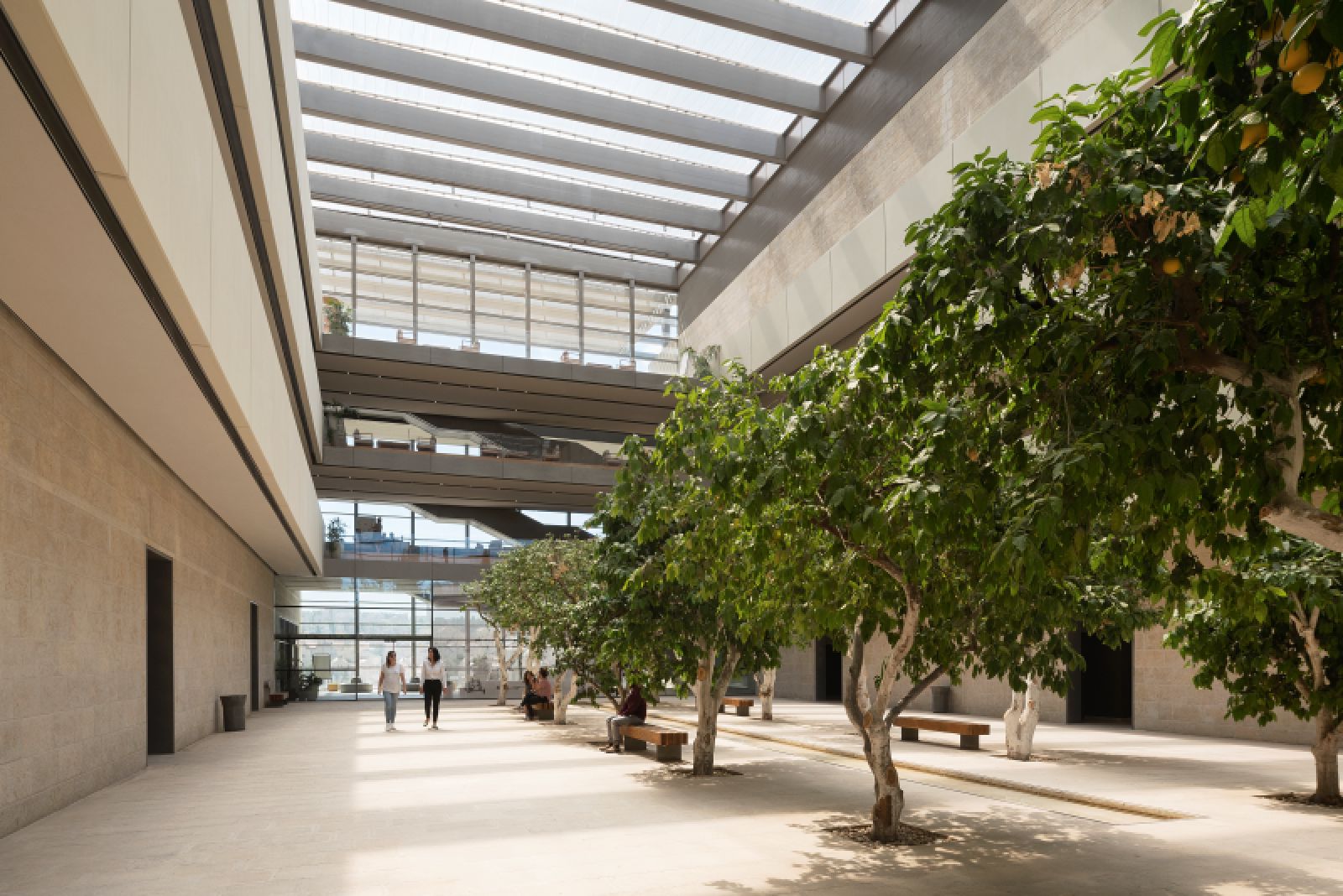Situated in the heart of the Hebrew University of Jerusalem, the Edmond and Lily Safra Center for Brain Sciences is a pioneering research facility for the scientific exploration of the brain. It has been carefully sited amid the natural rugged setting of the campus. Once the new tram link to the city center is opened, the building will act as a gateway to the university.
Spencer de Grey, Head of Design, Foster + Partners, said: “Understanding the enigma of the brain is the most challenging endeavor of the 21st century and research in this area is vital to the quality of life for millions of people. This is one of the most innovative projects of its kind at an Israeli university, with several laboratory complexes that are highly flexible to anticipate and accommodate future change, arranged around an open central courtyard that is at the heart of the scheme.”
The building is arranged as two parallel wings around this central courtyard. The upper levels house twenty-eight highly flexible laboratories linked by social hubs, which are conceived to encourage informal interaction and the exchange of ideas between students and staff. At ground floor, there are teaching facilities, a 200-seat auditorium, a library, café and a publicly accessible gallery for the display of art related to the brain.
The courtyard at the heart of the scheme unites these different functions, establishes new circulation routes through the campus and draws the greenery of the surrounding landscape into the building. Planted with citrus trees and a man-made stream along its length, the courtyard forms a quiet, reflective space and a cool microclimate, which can be further mediated by a retractable ETFE roof.
In the context of the ongoing Covid-19 pandemic, the building anticipated the importance of health and wellbeing with a design that is underpinned by the principles of biophilia. The central courtyard, open balconies and circulation all contribute towards a healthy research campus. The center’s progressive environmental strategy makes use of passive techniques to naturally reduce energy use.
Local materials, such as Jerusalem stone, are used where possible, and the building is orientated east-west to reduce solar gain. The upper three levels are shaded by a cast aluminum screen, with a non-repetitive representation of the early twentieth century drawings by Spanish neuroscientist, Santiago Ramon y Cajal, illustrating the neurological brain structure. Further passive cooling of the building is provided by translucent ETFE canopies to the west and east, which form distinctive markers for the main entrances. Source by Foster + Partners.
- Location: Jerusalem, Israel
- Architect: Foster + Partners
- Foster + Partners Design Team: Norman Foster, David Nelson, Spencer de Grey, Stefan Behling, Darron Haylock, Matthew Hayhurst, Parul Singh, Kadri Kaldam, Apostolos Despotidis, Joana Santos, Josef Musil
- Foster + Partners Engineering Team: Roger Ridsdill Smith, Xiaonian Duan, Piers Heath
- Collaborating Architect: YBGSNA – Yuval Baer Galit Shifman Nathan Architects
- Project Managers: Baran Group
- Laboratory Design and Systems: Sherman Architects
- Structural Engineer: Labaton & Partners
- Mechanical and Electrical Engineers: I. Irony
- Cost Consultant: Mitar
- Lighting Consultant: Moshe Levy – Krausher-Levy Electrical Engineering
- Landscape: Moria-Sekely Landscape Architect
- Facade Contractor: Alumeshet
- Main Contractor: Narsha / Danko
- Client: Hebrew University of Jerusalem
- Area (Gross): 15,724 m2
- Typical Floor Area (Gross): 2,100 m2
- Year: 2020
- Photographs: Studio Harel Gilboa, Courtesy of Foster + Partners

Photo © Studio Harel Gilboa 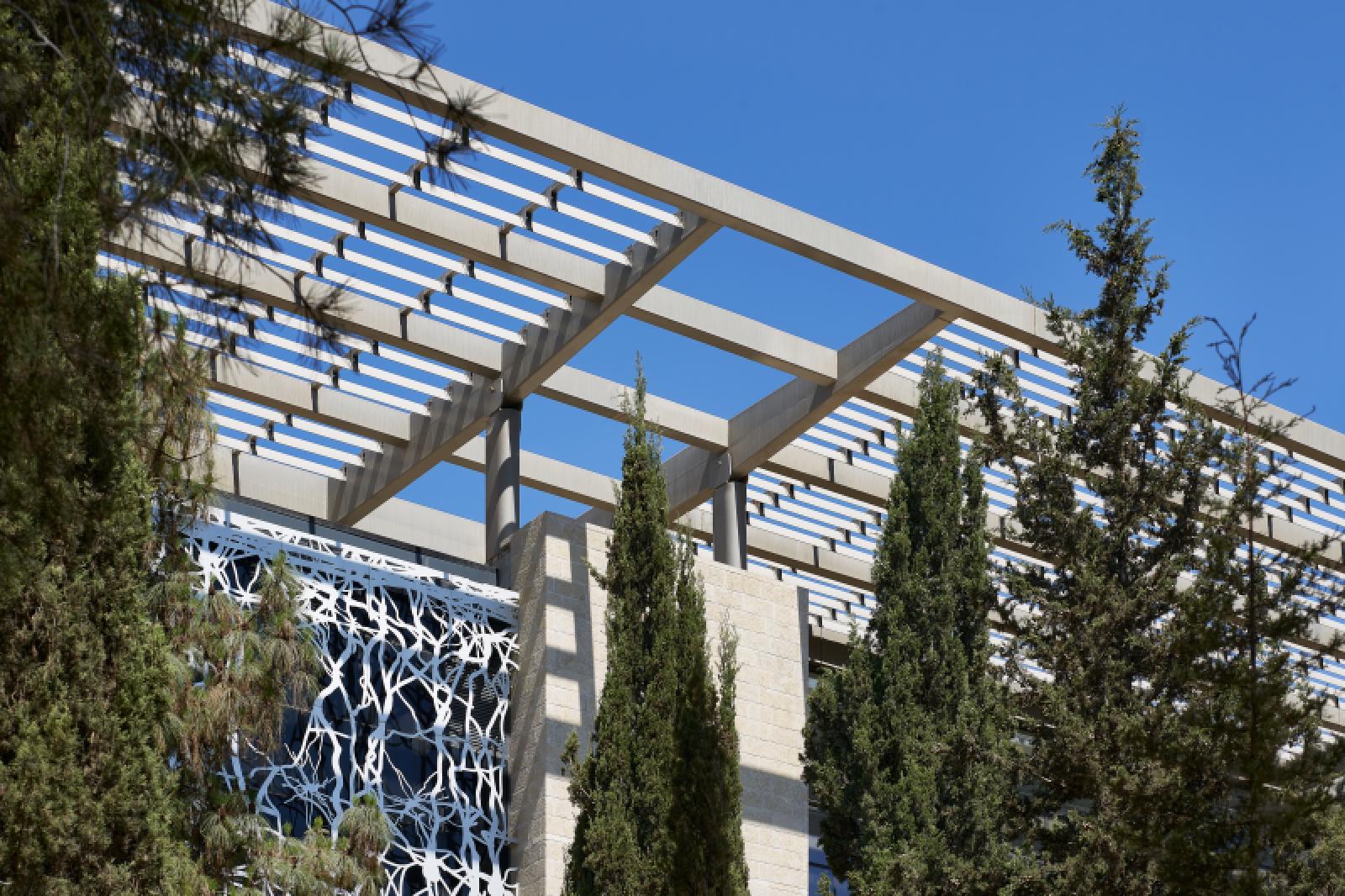
Photo © Studio Harel Gilboa 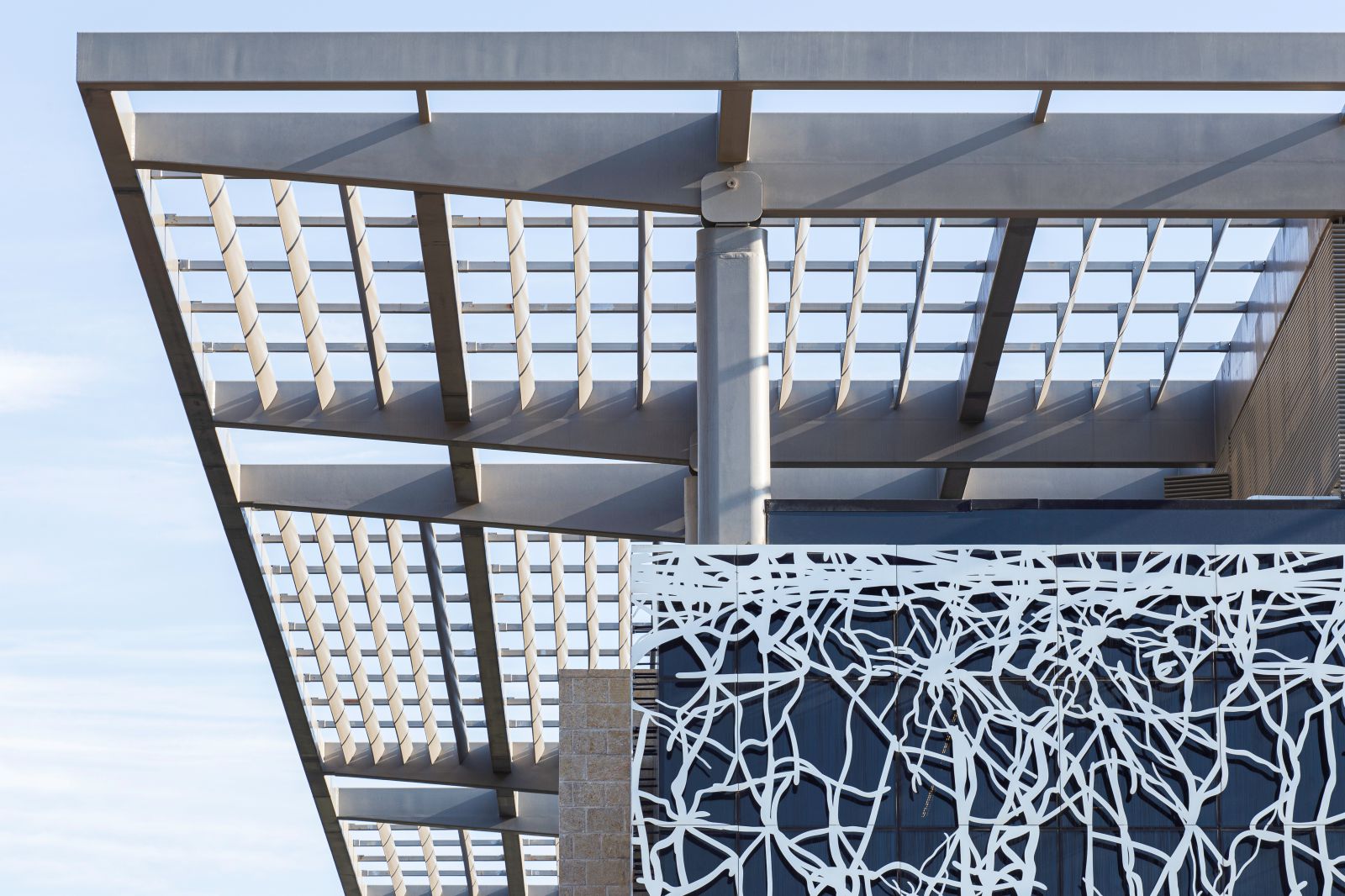
Photo © Studio Harel Gilboa 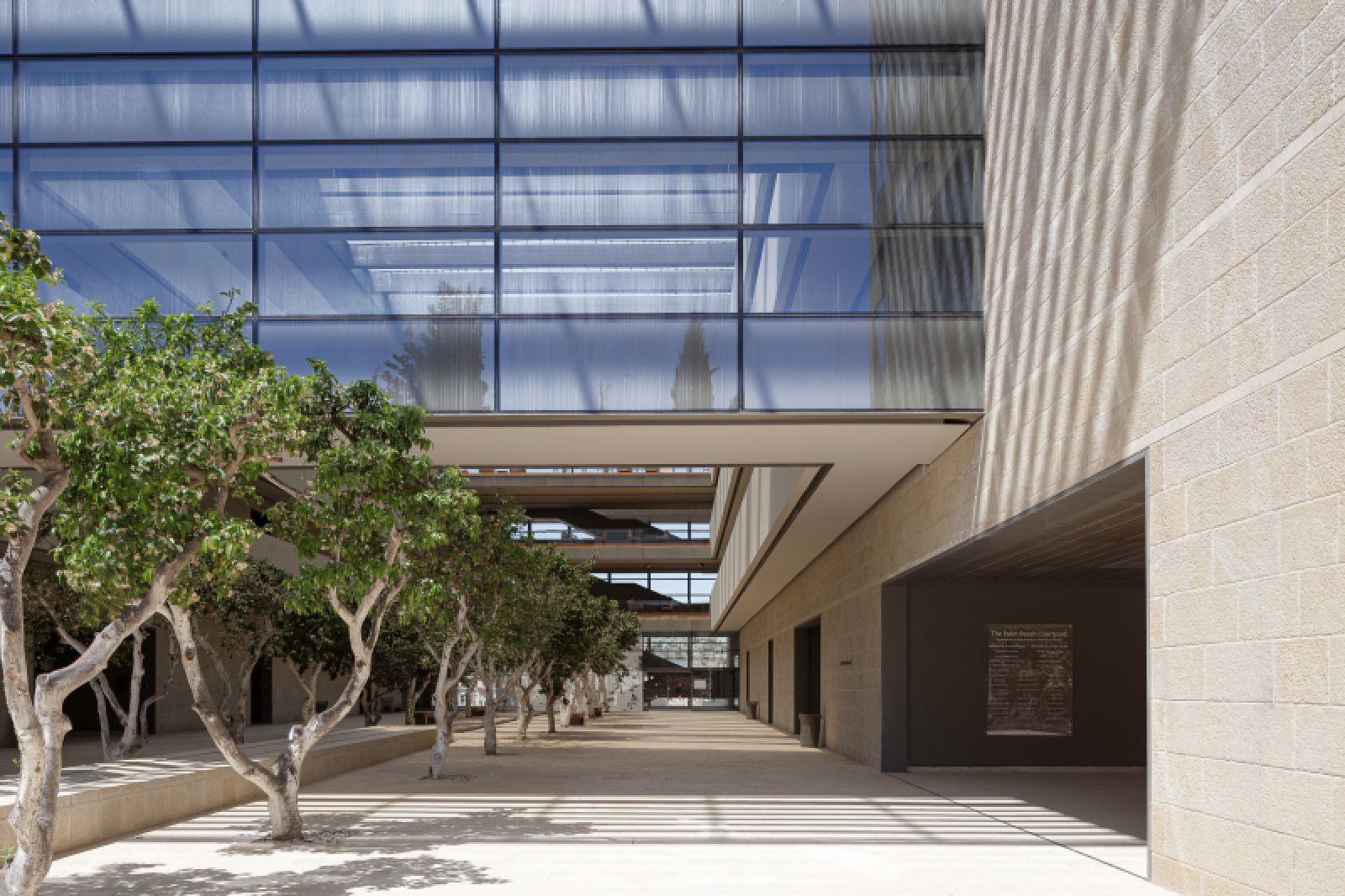
Photo © Studio Harel Gilboa 
Photo © Studio Harel Gilboa 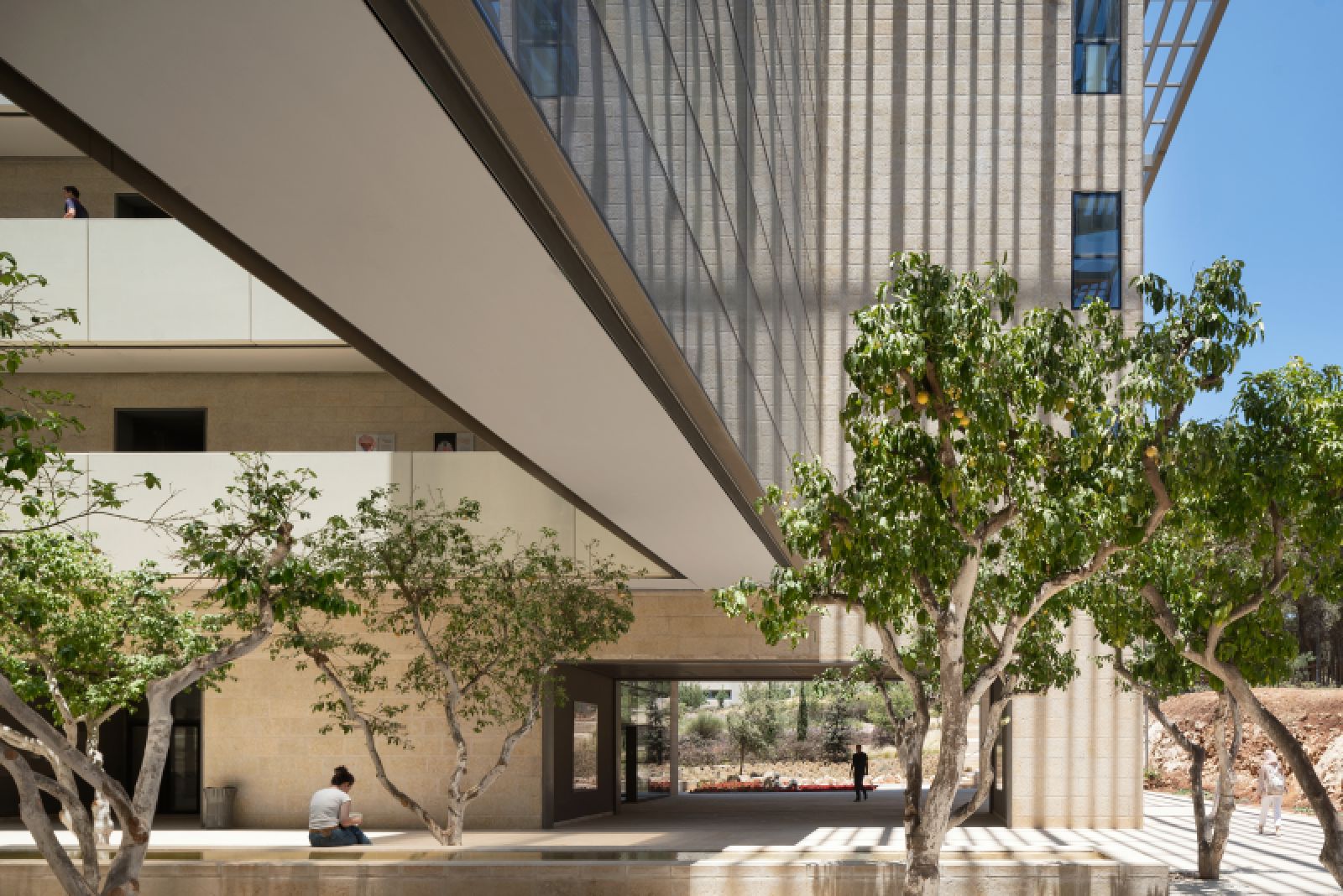
Photo © Studio Harel Gilboa 
Photo © Studio Harel Gilboa 
Photo © Studio Harel Gilboa 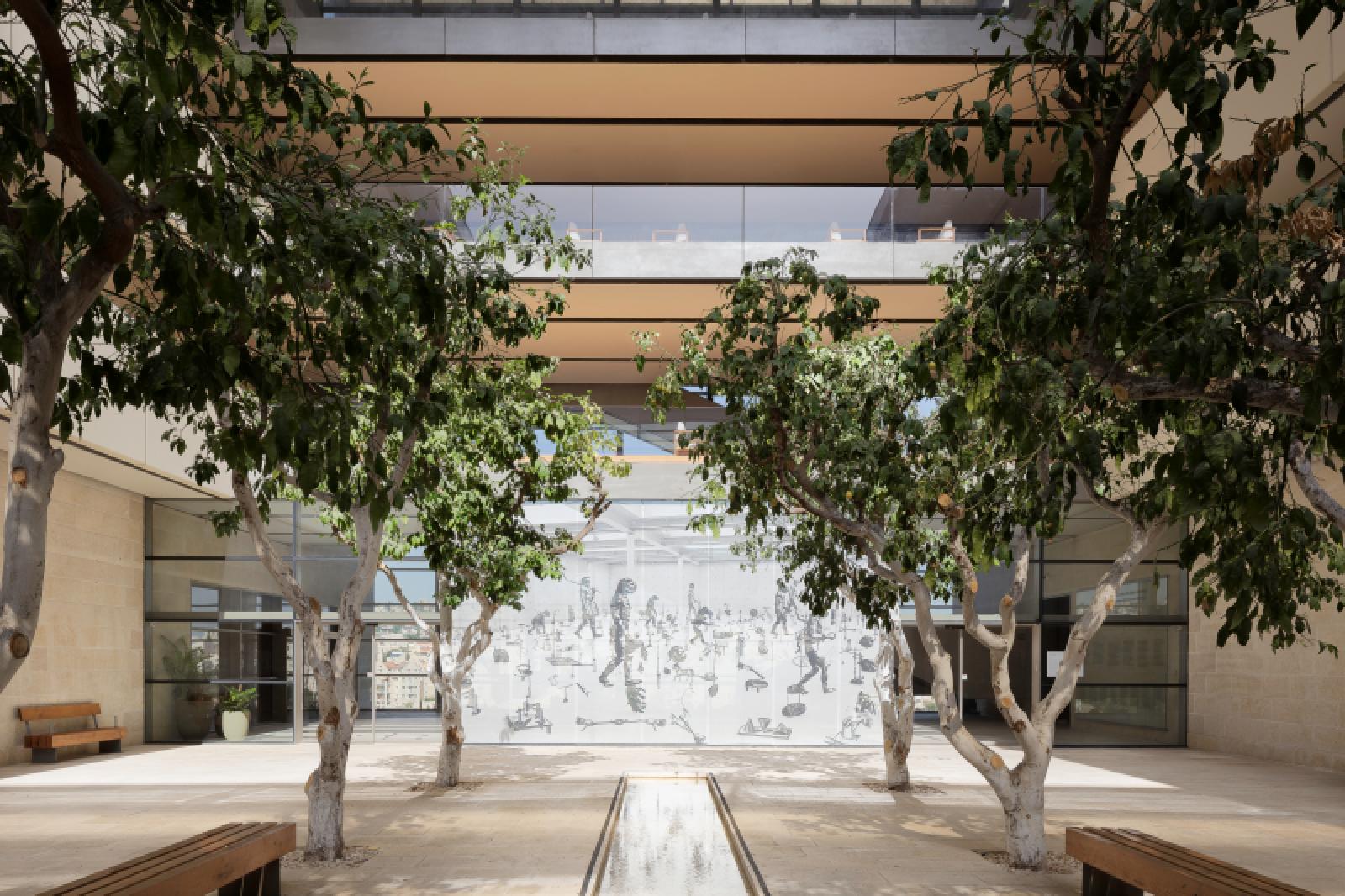
Photo © Studio Harel Gilboa 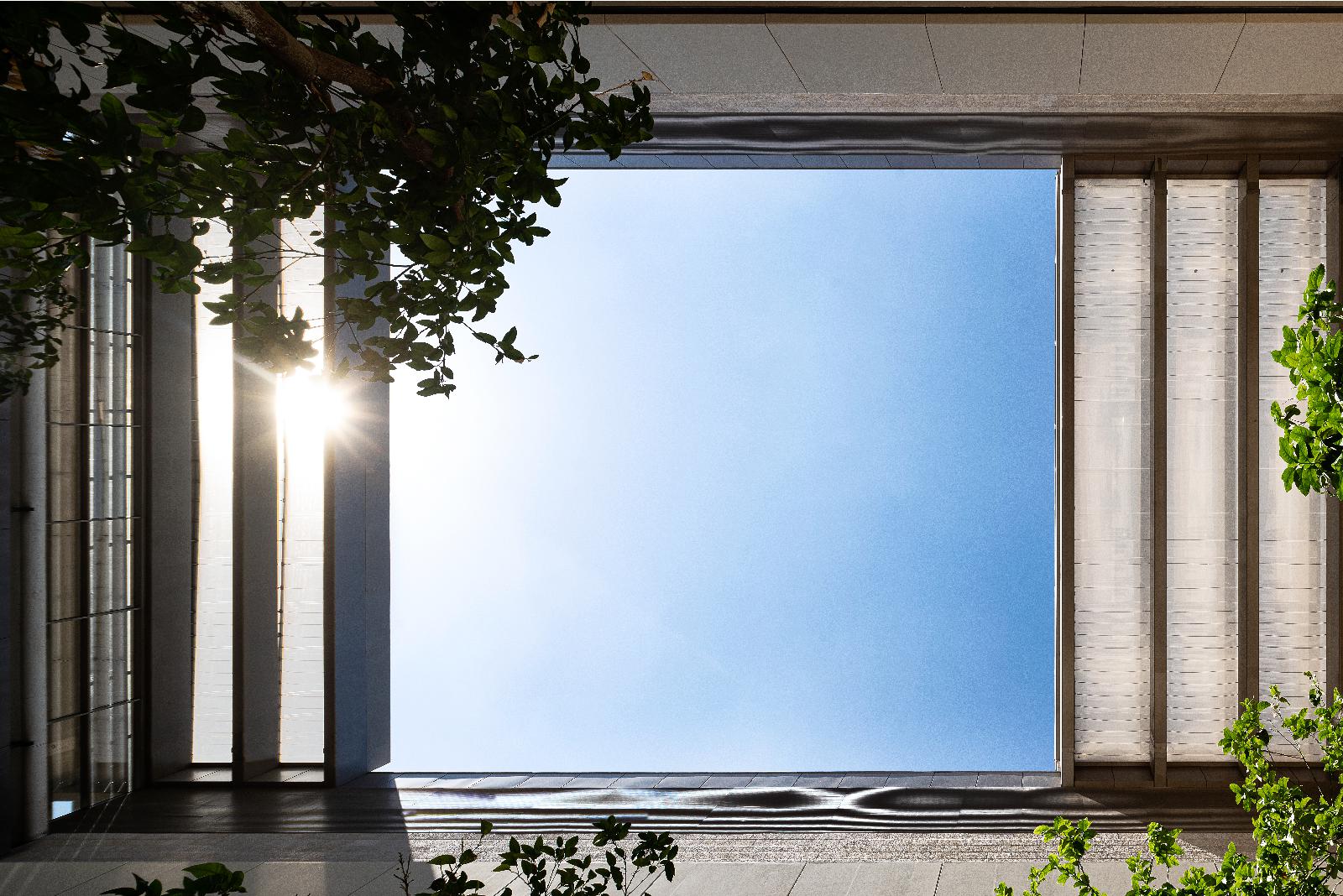
Photo © Studio Harel Gilboa 
Photo © Studio Harel Gilboa 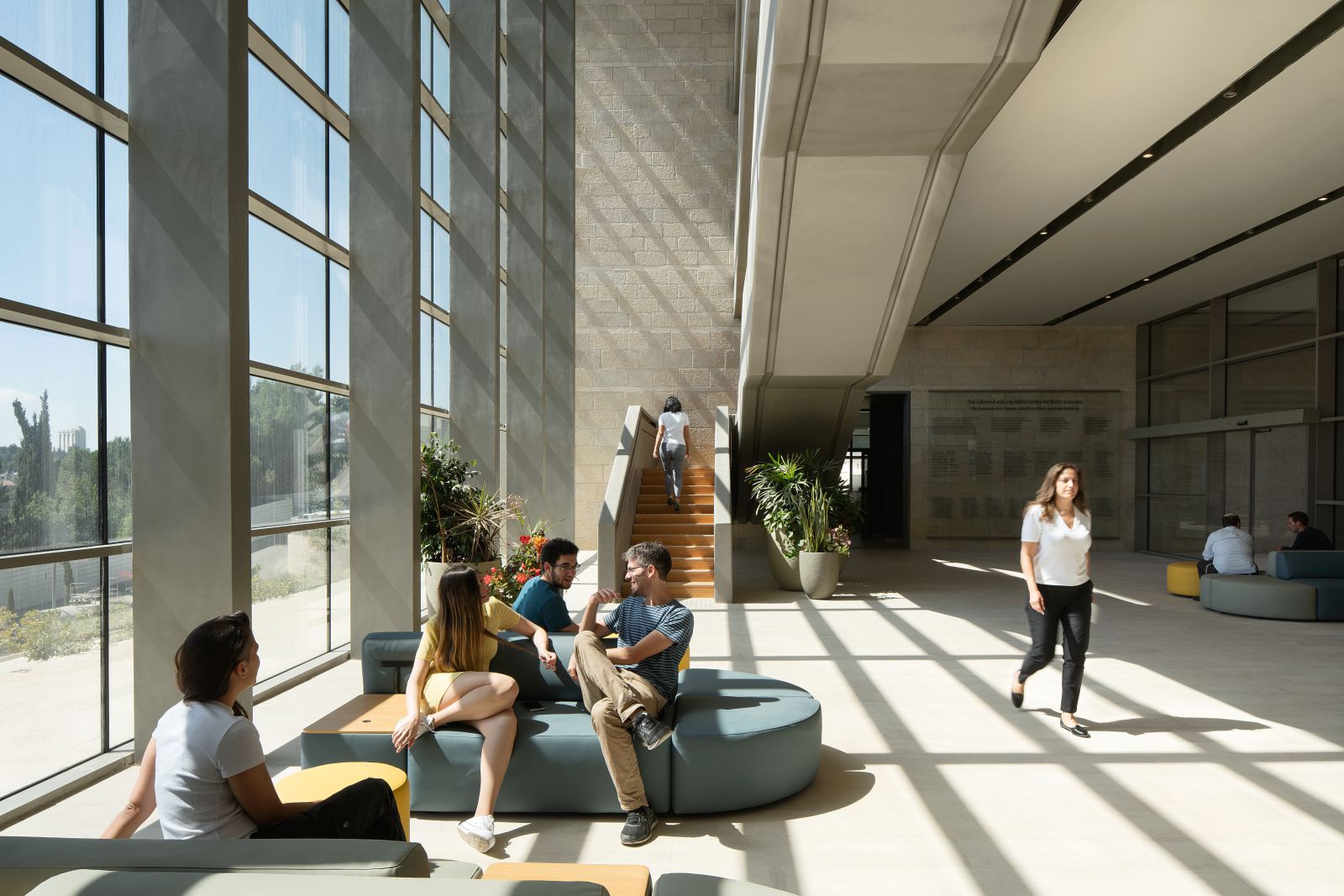
Photo © Studio Harel Gilboa 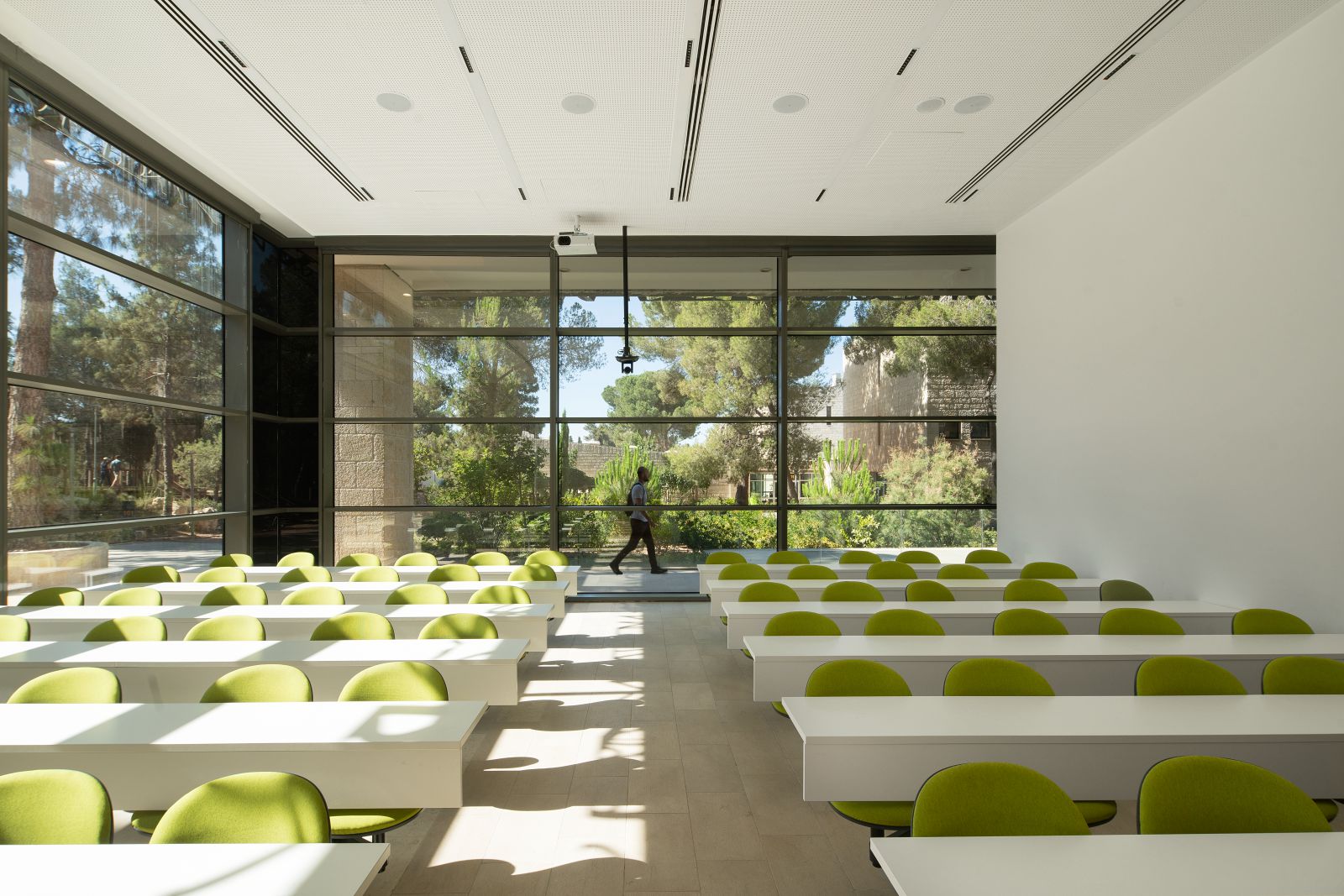
Photo © Studio Harel Gilboa 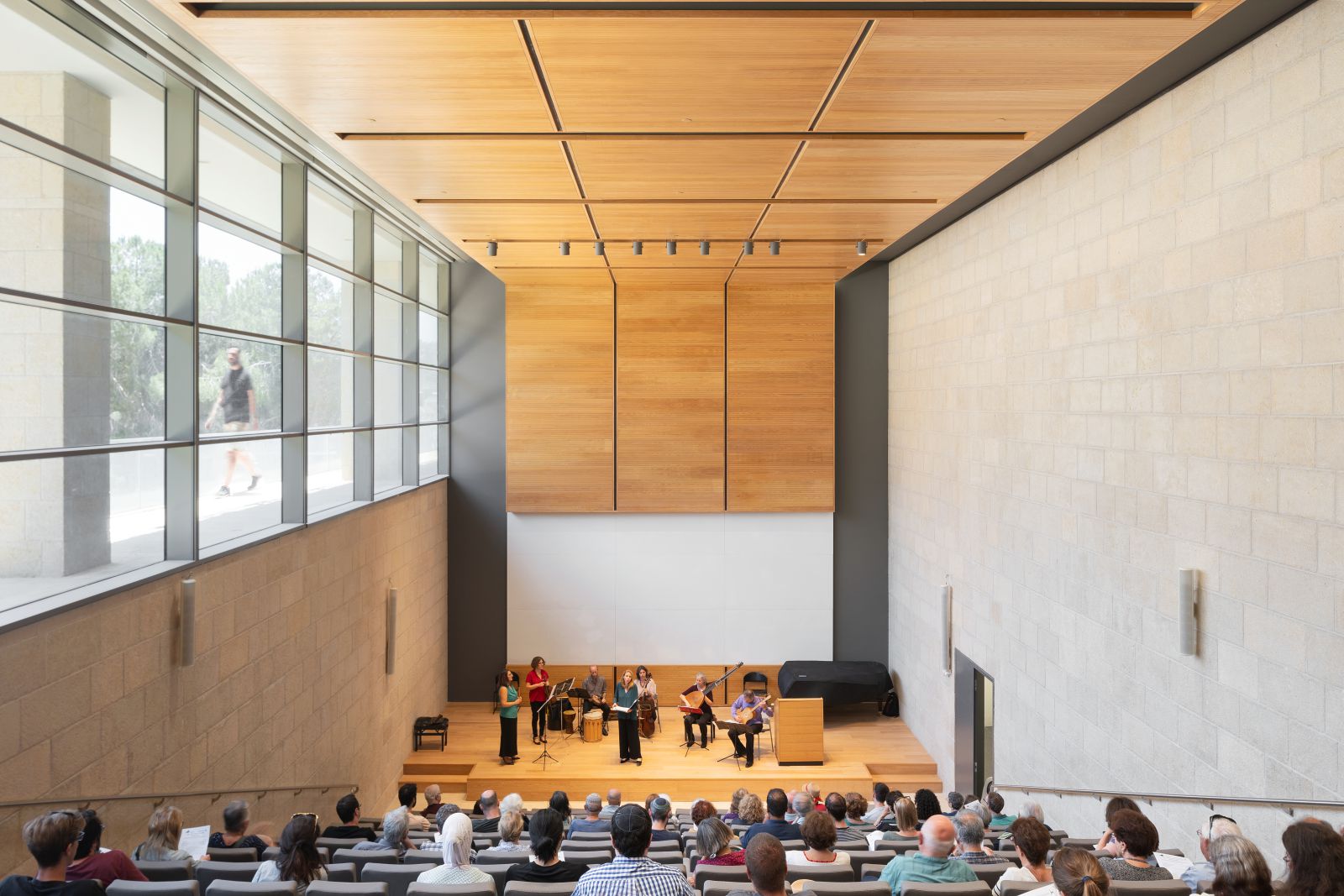
Photo © Studio Harel Gilboa 
Photo © Studio Harel Gilboa 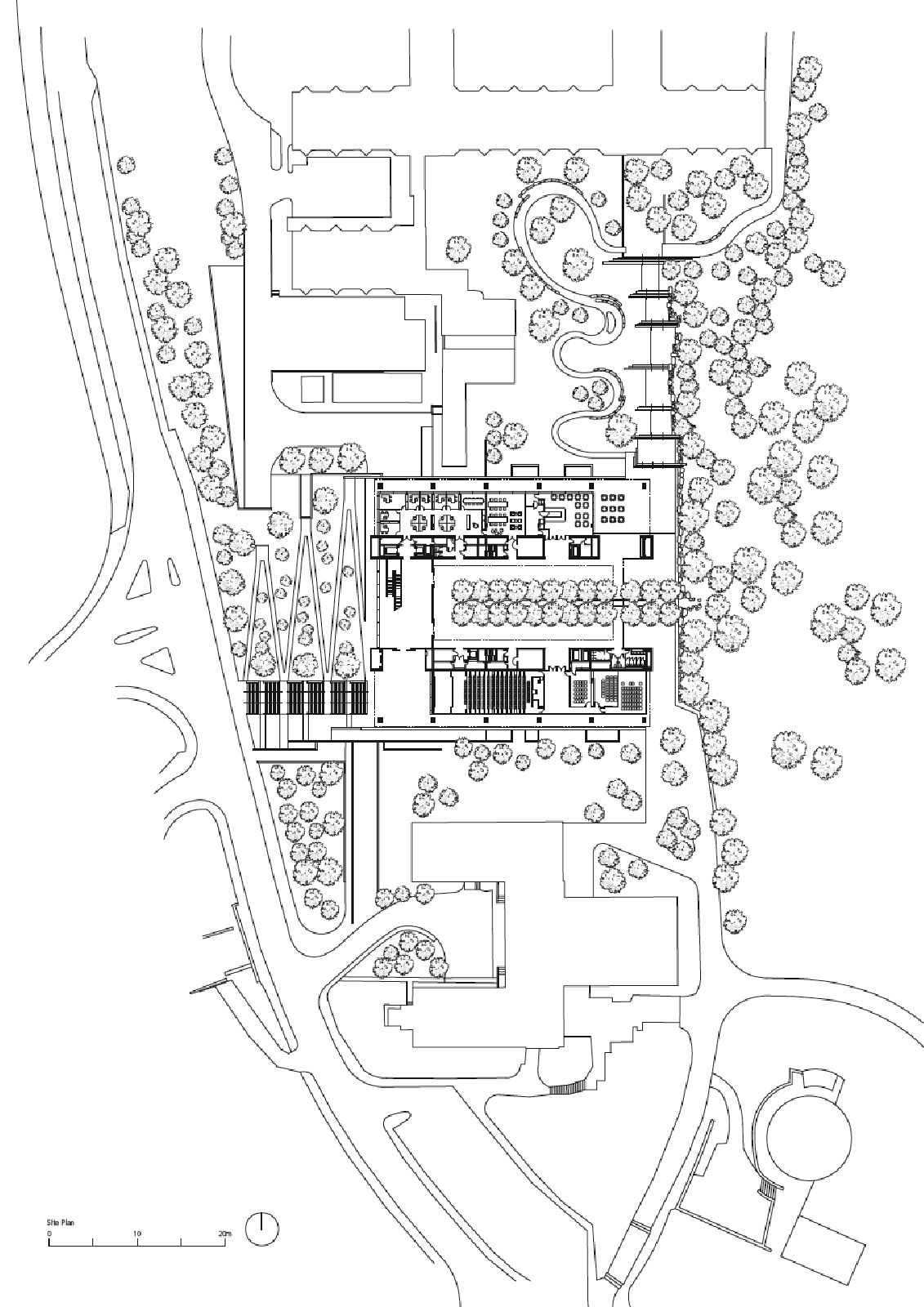
Site Plan 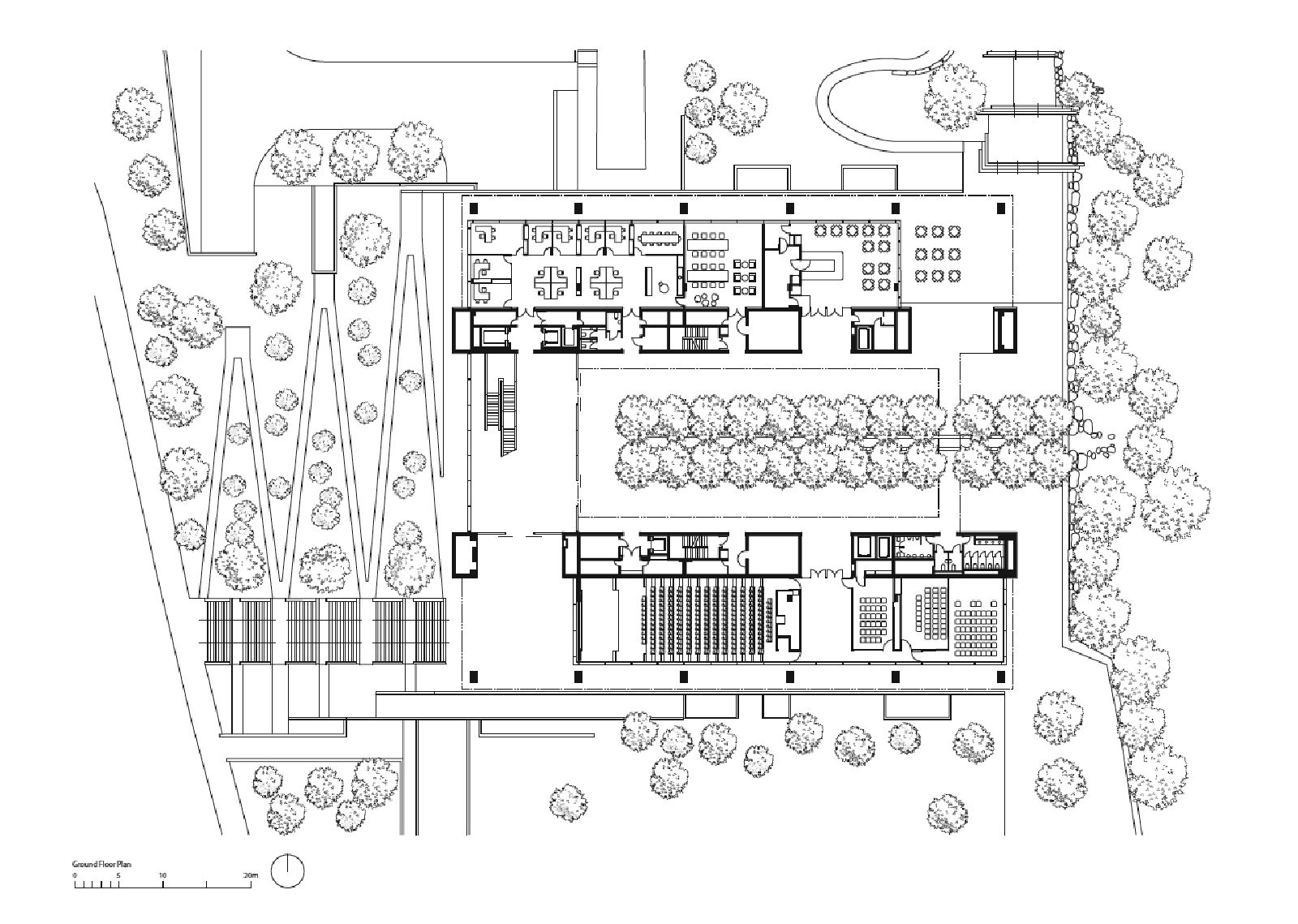
Ground Floor Plan 
Section

